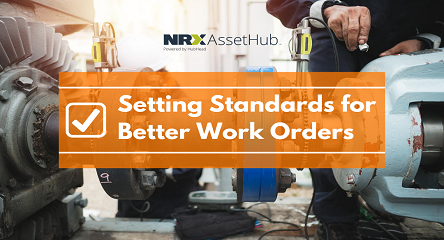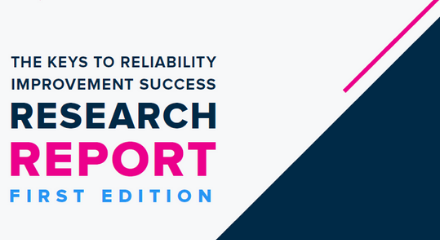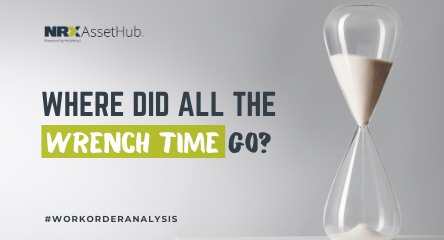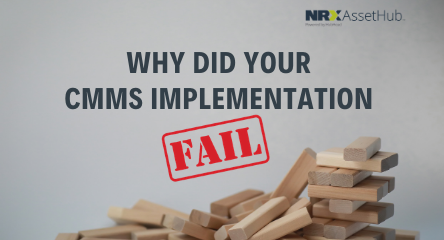Demonstrating Compliance with CMMS
Regulatory agencies are in place to govern the way we do business. OSHA oversees working conditions on behalf of employees. The FDA protects public health by ensuring consumer products are safe. The EPA protects human health and the environment. There are many more examples, but there is one common factor they all share. Regulatory agencies have the right to fine, or even shut down, companies who do not comply with their standards. Utilizing a computerized maintenance management system (CMMS) or enterprise asset management (EAM) software is an efficient way to demonstrate compliance, among other powerful capabilities. Read on to learn how CMMS for compliance helps streamline the process along with real-world examples.
One of the most common maintenance challenges is the amount of preparation required for audits. A huge benefit of successfully implementing a computerized maintenance management system is the ability to drastically reduce that prep time. Rather than staff taking extra time to assemble all necessary documents, a CMMS can generate detailed information in seconds. Choose from reports, graphs and dashboards illustrating critical data such as asset history, parts transactions and more. A CMMS/EAM dramatically reduces the amount of preparation needed as well as the risk of noncompliance penalties.
Cooke Aquaculture, founded in 1985, is an innovative and fully-integrated global seafood company. Cooke Aquaculture utilizes iMaint CMMS/EAM to track assets and maintenance, ensuring that vessels, nets and cages are all ready to go on schedule. For example, nets are tagged as assets in the net shop nets. iMaint is used to track all repairs on each net, including 100% of the labor hours used and other details. If a net is repaired, it has to pass a break test and the results are stored in iMaint for auditing purposes. Maintenance hours, vessel information, net and cage information are all tracked through custom reporting in iMaint. Automatically-generated custom reports provide Cooke with pertinent data needed to demonstrate compliance for regulatory standards set forth by various agencies.
There are many standards regulating the food manufacturing industry alone, such as the USDA and ISO 22000 family of International Standards. To ensure regulations are followed on a continual basis, food processors are subject to random inspections. CMMS software stores detailed documentation like safety manuals, SOPs and equipment repair records.
John Soules Foods, a processor of fully cooked beef and chicken products, requires careful maintenance in all areas of their plant. iMaint CMMS/EAM not only helps keep their maintenance procedures on track, but it provides the necessary audit trail for inspectors. This audit information is critical, as some of their customers require data on executed preventive maintenance work orders before purchasing any product.
In many cases, organizations have additional regulations they must abide by in order to continue operating. Cities and states that receive funding for specific projects may be required to provide reports detailing how funds were spent along with progress reports. For example, the The City of Reidsville, NC has many requirements to follow as a recipient of the state’s ‘Power Bill’ highway grant. The city must not only account for the amount of allocated expenditures, but also track specific categories of grant spending such as vehicles, labor and materials. When it comes time to prepare ‘Power Bill’ reports, the City of Reidsville utilizes iMaint CMMS/EAM software to provide the level of detail required. The system is used to generate quarterly and annual State reports, financial statements and audits. City staff saves time, and ensures reliable financial data, by simply running the report in iMaint and exporting to Microsoft Excel.
From complying with regulatory standards and maintaining equipment to minimizing downtime and monitoring staff productivity, it’s clear that maintenance managers have many important job duties. The list of goals is nearly impossible to achieve without the help of CMMS or EAM systems. Maintenance management software can automate the process of maintaining assets to help simplify operations, maximize uptime and control costs.





